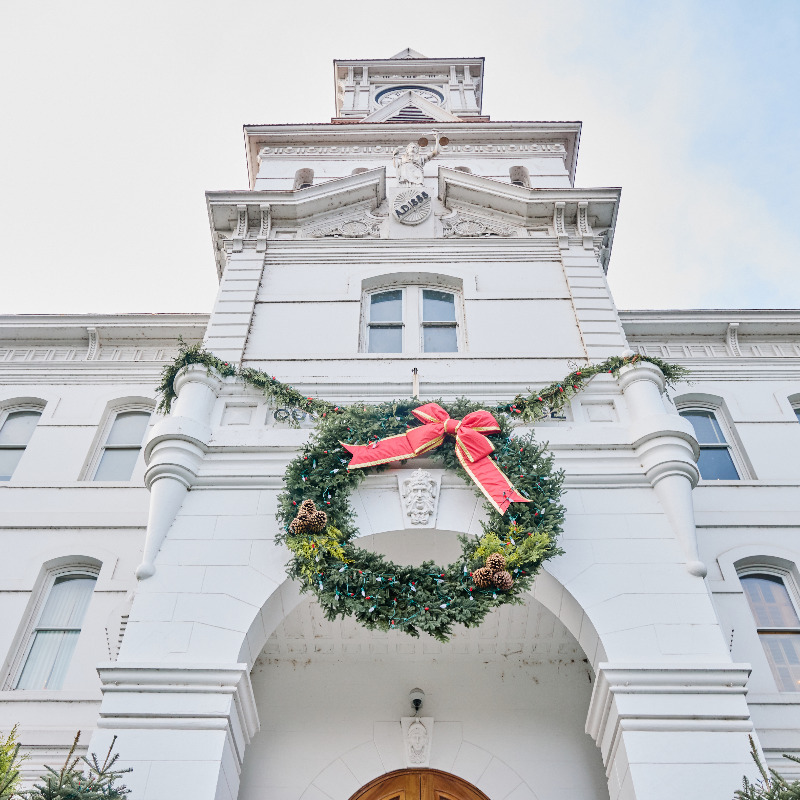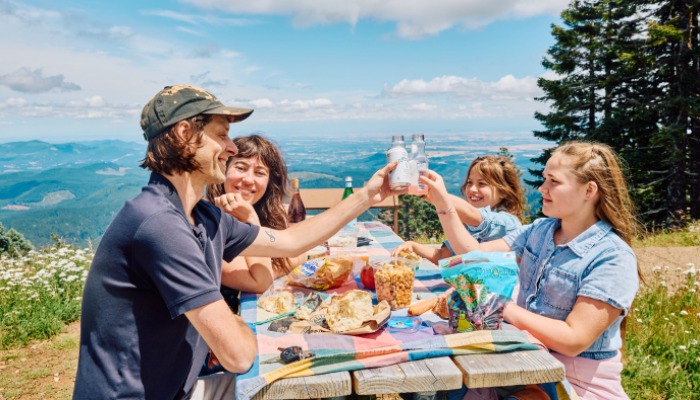Butterflies and Wildflowers
Willamette Valley's Wild & Rare Prairie Gems
The Willamette Valley is widely known for its wine country and agriculture. As an unfortunate circumstance of urban sprawl and growing agricultural industries, the natural oak savannah habitat for endangered species in the area has drastically decreased. Much of the valley floor has been developed into communities, vineyards, grass seed, fruit, and vegetable farms, leaving only select areas with habitat for the endangered Erigeron decumbens, or the "Willamette daisy," and Lupinus sulphureus, or the "Kincaid's lupine."


The endangered Fender's Blue Butterfly is host specific to the Kincaid's lupine, a threatened species of purple flowering plant from the legume family that makes for an ecologically rare and unique microcosm for observation.
Thought to be extinct from 1940 until the 1980s, biologists discovered a few remaining populations in the valley. The Fender's Blue prefers native upland prairies with Kincaid's lupine being it's primary host plant for the larval stage. Adults deposit eggs on this rare sub-species of the common sulphur lupine in the spring. After emerging and feeding, the larva overwinters in the root system, until the next spring when it emerges to feed again and enter it's metamorphosis. Its adult life is less than three weeks long. Much of their lifespan is spent in the larval and pupal stages.
The largest known population exists on Baskett Slough's Basett Butte, and mid-May to early June is your best bet to catch a glimpse of their brief period of flight.
In 2014, the Fender's Blue was reintroduced to the William L. Finley National Wildlife Refuge and its native range is now estimated to be extended from Portland to Eugene, making the heart of the valley a sanctuary for the species. If you'd like to help volunteer with habitat restoration projects, you can contact the Institute for Applied Ecology.
Article by Randall Bonner. Keep up with Corvallis news, events and happenings by signing up for our email newsletter.














